Are you looking to add some richness and depth to your design palette? Aubergine, a dark and luscious shade of purple, may be just the color you need. It’s a versatile color that can be used in many different ways to add sophistication and elegance to your designs.
In this article, we’ll explore how to use aubergine color in your design palette. We’ll look at the psychology behind the color, its cultural significance, and its many applications in design. We’ll also provide some tips on how to incorporate aubergine into your color scheme and provide some examples of successful design that incorporate this sumptuous shade.
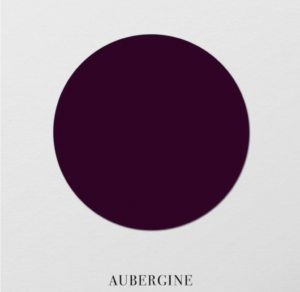
Understanding the Psychology of Aubergine
Color is a powerful tool in design, as it can influence our emotions and perceptions. Aubergine is a rich and luxurious shade of purple that evokes feelings of opulence, elegance, and sophistication. It’s a color that has historically been associated with royalty and nobility.
According to color psychology, aubergine can be used to create a sense of calm and tranquility, as well as a feeling of richness and depth. It’s a color that can be used to create a sense of mystery and intrigue, and it can also be used to create a sense of warmth and comfort.
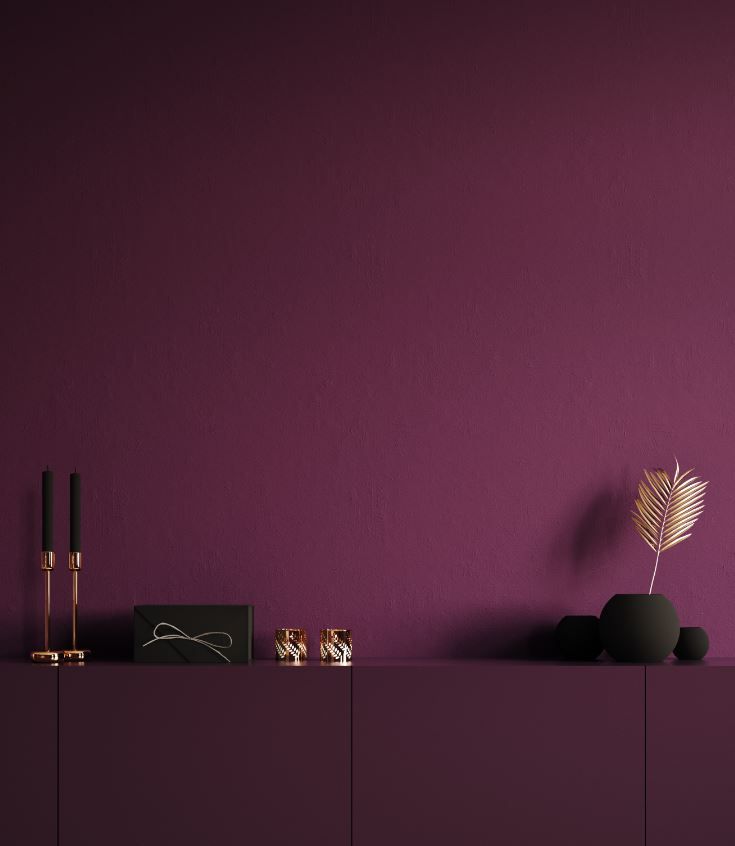
Cultural Significance of Aubergine
Aubergine has a long history of cultural significance. In Western cultures, it has traditionally been associated with royalty and nobility, as well as with religion and spirituality. In Eastern cultures, it is often associated with healing, as it is believed to have medicinal properties.
In China, aubergine is a symbol of prosperity and good fortune. In Japan, it is associated with the changing seasons, particularly autumn. In India, it is used in Ayurvedic medicine to treat a variety of ailments.
Incorporating Aubergine into Your Design Palette
Now that we’ve explored the psychology and cultural significance of aubergine, let’s look at some practical tips for incorporating it into your design palette.
- Pair it with neutrals: Aubergine can be a bold and dramatic color, so it’s best to pair it with neutral colors like white, gray, or beige to create a balanced and harmonious color scheme.
- Use it as an accent color: If you’re not ready to commit to a full aubergine color scheme, try using it as an accent color in your designs. It can be used to add depth and richness to a neutral color scheme.
- Consider the context: Aubergine may not be appropriate for all design contexts. It’s a color that works well in formal, elegant settings, but may not be suitable for more casual or playful designs.
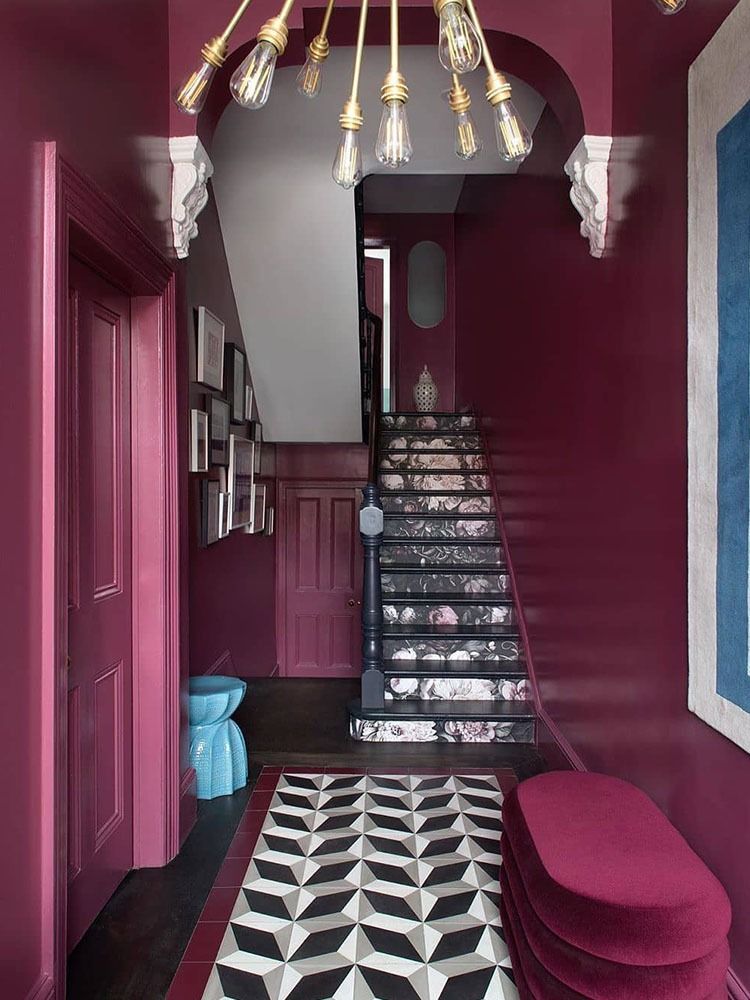
Successful Examples of Aubergine in Design
Let’s take a look at some successful examples of aubergine in design:
- The branding for luxury fashion house Chanel incorporates aubergine as one of its primary colors, evoking feelings of elegance and sophistication.
- The interior design of the Ritz Carlton hotel in New Orleans features aubergine accents throughout, creating a sense of opulence and grandeur.
- The packaging design for wine brand Bogle Vineyards features aubergine accents, adding richness and depth to the overall design.
Conclusion
Aubergine is a rich and sumptuous color that can add sophistication and elegance to your design palette. By understanding the psychology and cultural significance of the color, as well as practical tips for incorporating it into your designs, you can create stunning and successful designs that incorporate this luxurious shade. Remember to pair it with neutrals, use it as an accent color, and consider the context to create the most impactful and successful designs that incorporate aubergine.
In addition, there are many different shades and hues of aubergine, from deep and dark to lighter and more muted shades. This versatility allows designers to use aubergine in a wide variety of contexts, from fashion to branding to interior design.
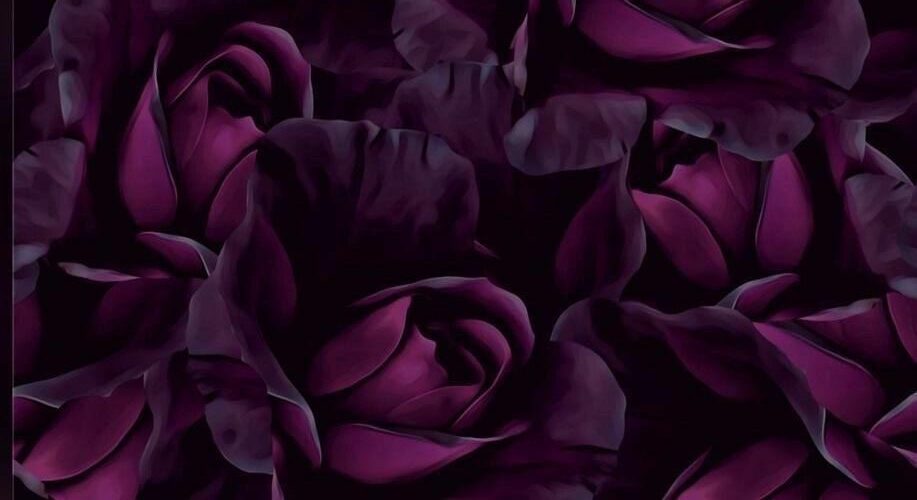
When using aubergine in your designs, it’s important to consider the overall context and messaging of your design. For example, if you’re designing a website for a luxury brand, aubergine may be a great choice for creating a sense of elegance and sophistication. However, if you’re designing a website for a more casual or playful brand, aubergine may not be the best choice.
Finally, it’s worth noting that aubergine is a color that can be difficult to reproduce accurately in digital and print media. It’s important to test your color choices in a variety of settings to ensure that the aubergine you’ve chosen is being represented accurately and consistently across all media.
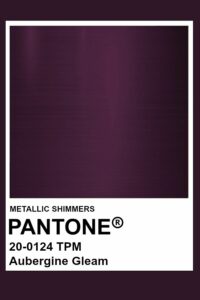
In conclusion, aubergine is a beautiful and versatile color that can add depth, richness, and elegance to your design palette. By understanding the psychology and cultural significance of the color, as well as practical tips for incorporating it into your designs, you can create stunning and successful designs that incorporate this luxurious shade. Remember to consider the overall context and messaging of your design, and to test your color choices across a variety of media to ensure consistency and accuracy. With these tips and tricks, you’ll be well on your way to using aubergine to create beautiful and impactful designs that will stand out from the crowd.
Some interesting articles for your attention:
What is Ecru Color and How to Use it in Your Designs
Different Shades of Bronze Color
Incorporating Terracotta in Your Home Decor: A Comprehensive Guide

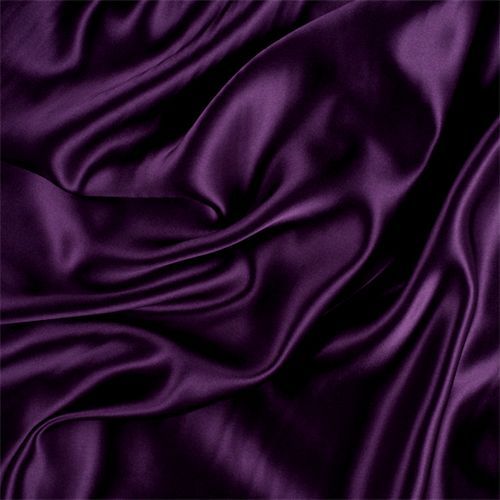
[…] How to Use Aubergine Color in Your Design Palette […]